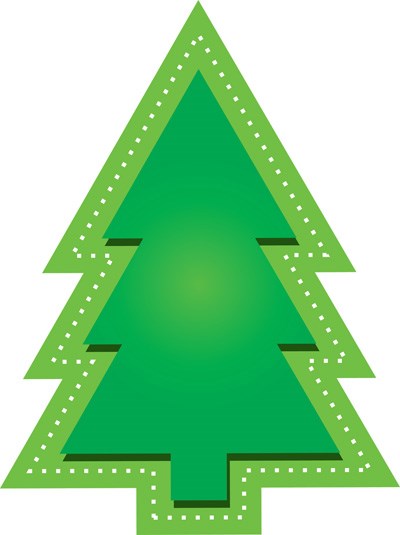Further to a previous article regarding urban forestry, it’s important to understand the many reasons the planting and caring for trees in cities and towns is important.
Here’s what Tree Canada says about that: “Protecting and conserving urban forests through proper management is vital to sustaining healthy communities. Urban forests provide a multitude of benefits from an ecological, climatic, architectural, psychological and monetary point of view. They provide habitat and food sources for wildlife, cooler watercourses, mitigate noise and dust levels, improve air and water quality, absorb pollutants, capture and store carbon and help conserve energy …”
Urban forests provide a broad array of well-known environmental, economic and social benefits to people. For example, sequestering of gaseous air pollutants and particulates, energy conservation through transpirational cooling, shade, wind reduction and storm-water attenuation.
Noise buffering, blocking unsightly views, provision of wildlife habitat, increased property value, improved aesthetics and psychological well-being are also factors.
Back in the 1980s, Territorial Drive was built as a ring road around the city. The parks department at the time, under the guidance of Murray Richardson, and with crews led by Henry Tkatchuk, began planting rows of trees between Territorial Drive and the back yards that abutted up to it. It became known as the buffer strip. The purpose of the buffer strip was to help screen traffic movement from the houses as well as buffer the noise from the roadway. Trees are great at both absorbing sound (needle trees) and deflecting sound (leaf trees). Aesthetically, Henry chose some great tree species with a variety of leaf colour and he ensured there was a shrub understory mixed with the trees that not only improved the growing conditions for the trees, it maximized the visual and noise buffering qualities that a natural buffer can provide.
The buffer strip had its own account centre that allowed for continual upgrading and enhancement and also for the replacement of dead or dying trees and shrubs as required. In addition to the supply line there were accounts that were used for maintenance, watering and weed control. The buffering qualities of these tree rows just got better with time.
In recent years, the buffering qualities of the tree rows have deteriorated for a number of reasons. The shrubs have not been replaced at the same rate they have died. There have been attempts to do some planting but many of the replacement trees and shrubs are not getting the amount of supplemental watering required to get them established in droughty years. This takes making tree maintenance a priority. It takes making maintenance and enhancement of the urban forest a commitment and of course it takes budget.
Another thing that happened to this buffer strip, I’m guessing, is CPTED – Crime Prevention Through Environmental Design and the implementation of the pruning specifications that are recommended in that program. All the trees in the buffer had their skirts raised, which means all their lower limbs were removed to improve sight lines. So between the death and removal of the shrub understory and the raising of the skirts on all the trees, the effectiveness of the Territorial buffer strip as both a visual and sound barrier have been eliminated.
I’m pretty sure the homeowners abutting this roadway have noticed a difference.
“Plant a new Truffula and treat it with care. Give it clean water and feed it fresh air”
— Dr. Seuss



